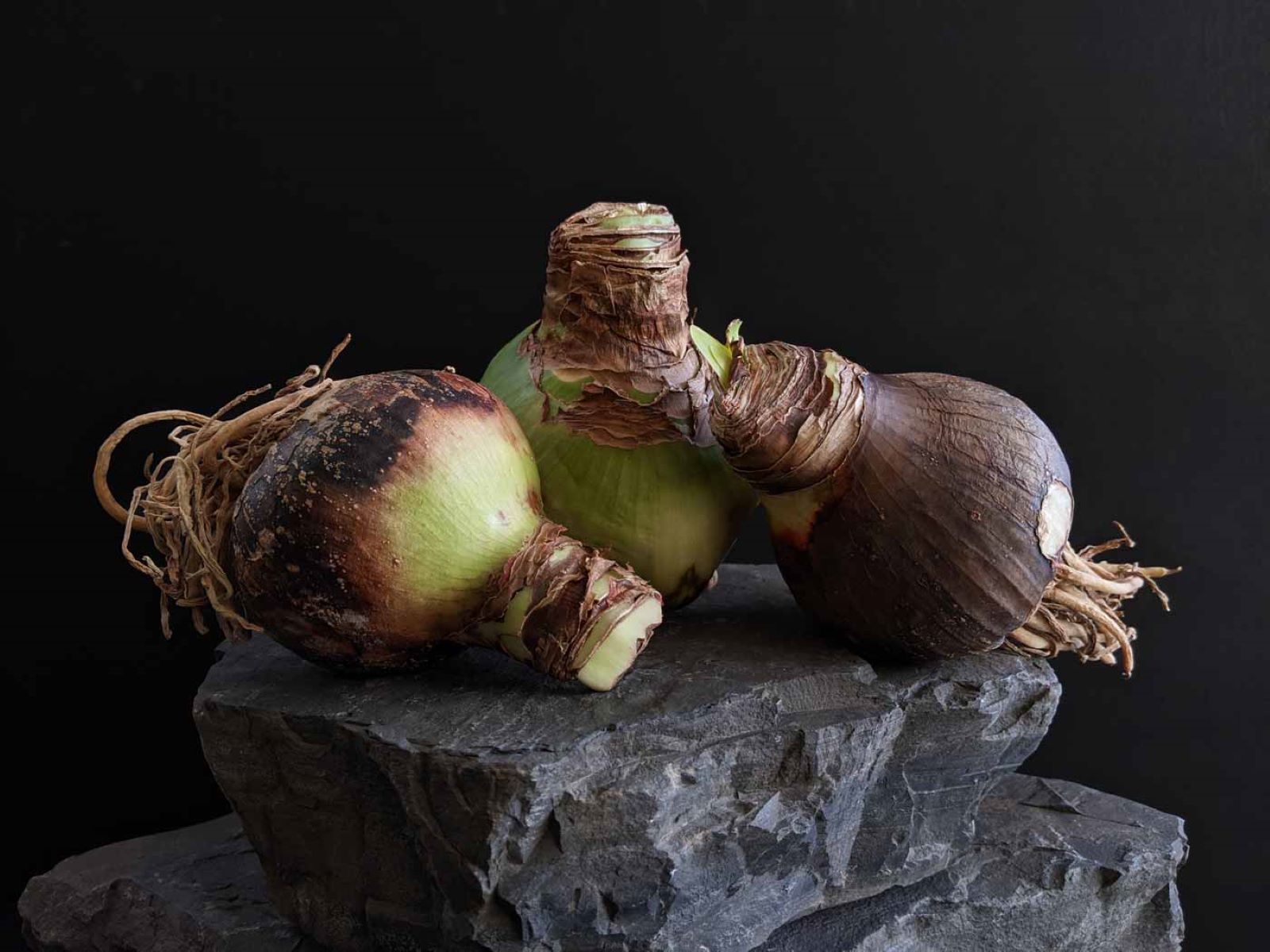

Articles
How To Store Unplanted Bulbs
Modified: January 18, 2024
Looking for articles on how to store unplanted bulbs? Find step-by-step guides and expert tips to keep your bulbs fresh and ready for planting.
(Many of the links in this article redirect to a specific reviewed product. Your purchase of these products through affiliate links helps to generate commission for Storables.com, at no extra cost. Learn more)
Introduction
Storing unplanted bulbs is an essential task for gardeners who want to preserve their bulbs and ensure a successful planting season. Whether you have leftover bulbs from a previous planting or you want to save bulbs for future use, proper storage is key to maintaining the health and viability of the bulbs. In this article, we will explore the reasons to store unplanted bulbs, the importance of choosing the right storage location, how to prepare bulbs for storage, different methods of storing bulbs, and tips for monitoring and maintaining bulbs in storage.
Unplanted bulbs refer to flower bulbs, such as tulips, daffodils, crocuses, and hyacinths, that have not been planted in the ground during the appropriate planting season. Instead of discarding these bulbs, storing them allows you to extend their lifespan and use them in future gardening projects. Whether you have excess bulbs or want to save a specific variety for next year, proper storage techniques can help ensure that the bulbs remain healthy, viable, and ready for planting when the time comes.
There are several reasons why storing unplanted bulbs is beneficial. Firstly, it allows you to preserve the bulbs for future planting, saving you the cost of purchasing new bulbs each year. Additionally, storing bulbs gives you more flexibility in your garden planning. If you decide to rearrange or expand your flower beds, having stored bulbs on hand allows you to easily incorporate them into your new designs. Storing bulbs can also be a way to save rare or heirloom varieties that may not be readily available for purchase in the future.
When it comes to storing bulbs, selecting the right storage location is crucial. Bulbs should be stored in a cool, dry, and well-ventilated area to prevent moisture buildup and discourage mold or rot. Ideally, the storage location should be between 35°F and 50°F (1°C to 10°C). Common storage areas include basements, garages, or even refrigerators. It’s important to note that storing bulbs near fruits or vegetables should be avoided, as some produce releases ethylene gas, which can accelerate the aging process of the bulbs.
In the next sections of this article, we will delve deeper into the process of preparing bulbs for storage, different methods of storing bulbs (such as containers and the ground), as well as how to monitor and maintain bulbs in storage. By following these guidelines, you can ensure the longevity and health of your unplanted bulbs, and look forward to a vibrant and beautiful garden in the seasons to come.
Key Takeaways:
- Preserve your unplanted bulbs to save money, exercise creativity, and enjoy the anticipation of future blooms. Proper storage and preparation ensure healthy, viable bulbs for vibrant gardens year after year.
- Choose the right storage location, prepare bulbs meticulously, and monitor their condition to ensure successful storage and replanting. With care and attention, your stored bulbs will thrive and beautify your garden.
Read more: How To Store Crocus Bulbs
Reasons to Store Unplanted Bulbs
There are several compelling reasons to store unplanted bulbs instead of simply discarding them. Whether you have leftover bulbs from a previous planting or you want to save bulbs for future use, storing them properly can have numerous benefits for your gardening endeavors. Here are a few key reasons why you should consider storing unplanted bulbs:
- Cost savings: Storing bulbs allows you to save money by preserving bulbs for future planting. Instead of purchasing new bulbs each season, you can utilize the bulbs you have stored, reducing the need for additional expenses.
- Garden planning flexibility: Storing bulbs gives you the freedom to plan and design your garden in a more flexible way. You can easily incorporate stored bulbs into new flower beds or rearrange existing ones without limitations imposed by the availability or cost of bulbs.
- Rare and heirloom preservation: If you have rare or heirloom bulb varieties that may not be readily available for purchase in the future, storing these bulbs ensures their preservation. This allows you to continue growing and enjoying unique and cherished flower varieties year after year.
- Continuity of bloom: By storing bulbs, you can extend the bloom cycle of certain flowers. For example, if you have tulip bulbs that bloom in early spring, you can store some bulbs and plant them later to enjoy a continuous display of tulips throughout the season.
- Experimentation and variety: Storing unplanted bulbs gives you the opportunity to experiment with different combinations and arrangements in your garden. You can try out new color schemes or experiment with different bulb combinations to create unique and stunning flower displays.
- Patience and anticipation: Storing bulbs can be a way to exercise patience and build anticipation for the forthcoming planting season. Knowing that you have a collection of bulbs waiting to be planted can spark excitement and motivation as you eagerly anticipate the beauty they will bring to your garden.
Overall, storing unplanted bulbs offers both practical and creative benefits for gardeners. It allows for cost savings, garden planning flexibility, and the preservation of rare or heirloom varieties. Additionally, storing bulbs provides opportunities for continuity of bloom, experimentation with different flower combinations, and the joy of anticipation. By taking the time to properly store and care for your bulbs, you can ensure their health and maximize their potential for future growth and beauty in your garden.
Choosing the Right Storage Location
When it comes to storing unplanted bulbs, selecting the right storage location is crucial for their health and longevity. The chosen location should provide optimal conditions that promote bulb dormancy and prevent issues such as moisture buildup, mold, or rot. Here are some key factors to consider when choosing the right storage location for your bulbs:
- Temperature: Bulbs should be stored in a cool environment, ideally between 35°F and 50°F (1°C to 10°C). This range helps maintain the dormant state of the bulbs without exposing them to extreme cold temperatures, which could cause damage. Basements, garages, or even refrigerators can be suitable storage locations.
- Humidity: Moisture is the enemy of stored bulbs, as it can lead to mold or rot. Therefore, the storage location should have low humidity. Dry air and good ventilation are key to preventing moisture buildup. Avoid storing bulbs in damp or humid areas such as a damp basement or a poorly ventilated garage.
- Light exposure: Light exposure can stimulate bulb growth, which is undesirable during storage. Choose a storage location that is dark or shielded from sunlight to keep the bulbs in a dormant state. Avoid storing bulbs in areas with direct sunlight or near bright artificial light sources.
- Ethylene gas: Some fruits and vegetables produce ethylene gas, which can accelerate the aging process of stored bulbs. Avoid storing bulbs near ethylene-producing produce such as apples, bananas, or tomatoes. Storing bulbs in the same refrigerator compartment as fruits and vegetables should also be avoided.
- Pest control: Take precautions to prevent pests such as rodents or insects from accessing your stored bulbs. Choose a storage location that is secure and protected from pests. Consider using sealed containers or screens to keep pests out.
It’s important to note that different types of bulbs may require slightly different storage conditions. Some bulbs, such as tulips and daffodils, require a period of cold stratification to stimulate proper growth. Storing these bulbs in a cool location, such as a refrigerator, can provide the necessary chilling period. On the other hand, bulbs like gladiolus and begonias benefit from a dry storage environment. Research the specific storage requirements for the bulbs you intend to store to ensure the best conditions for their dormancy.
By carefully considering these factors and selecting an appropriate storage location, you can create an ideal environment for your unplanted bulbs. This will help maintain their dormancy, prevent issues such as mold or rot, and ensure that they remain healthy and viable for planting when the time comes.
Preparing Bulbs for Storage
Before storing unplanted bulbs, it is important to properly prepare them to maximize their chances of survival and successful growth in future planting seasons. Taking the time to clean, inspect, and prepare your bulbs for storage will help ensure their health and viability. Here are the essential steps to follow when preparing bulbs for storage:
- Clean the bulbs: Start by gently removing excess soil or debris from the bulbs. You can use a soft brush or your hands to lightly brush away any loose dirt. Avoid washing the bulbs, as excess moisture can lead to mold or rot.
- Inspect for damage or disease: Carefully examine each bulb to identify any signs of damage, such as cuts, bruises, or rot. Discard any bulbs that appear diseased or damaged, as they are unlikely to survive or may infect other bulbs during storage.
- Allow bulbs to dry: After cleaning and inspecting, it is important to let the bulbs dry completely. Place them in a well-ventilated area and allow them to air dry for a few days. Drying helps prevent moisture buildup and reduces the risk of mold or rot during storage.
- Remove foliage: Some bulbs may still have foliage attached after the blooming season. It is recommended to remove the foliage before storing the bulbs. Trim the foliage to about an inch above the bulb. Removing the foliage prevents the bulbs from expending energy on the foliage, allowing them to conserve energy for future growth.
- Label the bulbs: To avoid confusion or mix-ups, it is crucial to label the bulbs before storing them. Use waterproof markers or labels to clearly identify the bulb variety, color, and any specific planting information. This will help you keep track of the bulbs and ensure proper planting in the future.
- Choose appropriate storage containers: Depending on the storage method you choose (containers or in the ground), select appropriate containers for storing the bulbs. Use breathable paper bags, mesh bags, or cardboard boxes that allow air circulation. Avoid storing bulbs in sealed plastic bags, as they can trap moisture and lead to mold or rot.
Once your bulbs are cleaned, inspected, dried, labeled, and appropriately packed, they are ready for storage. It’s important to note that different bulb varieties may have specific storage requirements, so it’s advisable to research the specific needs of the bulbs you are storing. By taking the time to properly prepare your bulbs for storage, you increase their chances of survival and ensure their health for future planting, resulting in vibrant and stunning blooms in your garden.
Storing Bulbs in Containers
Storing bulbs in containers is a popular and effective method that allows for easy organization and protection of your unplanted bulbs. When done correctly, storing bulbs in containers can provide them with the ideal conditions for dormancy and safeguard them against moisture, pests, and excessive temperatures. Here are the steps to successfully store bulbs in containers:
- Choose the right containers: Select containers that are breathable and provide adequate air circulation. Paper bags, mesh bags, or cardboard boxes with ventilation holes are ideal options. Avoid using sealed plastic bags or airtight containers, as they can trap moisture and lead to mold or rot.
- Prepare the containers: Before placing the bulbs in the containers, ensure they are clean and dry. Line the containers with some dry, breathable material like newspaper or tissue paper to cushion the bulbs and absorb excess moisture.
- Arrange the bulbs: Place the bulbs in a single layer in the container, making sure they do not touch each other. Bulbs that are too close together can create a damp environment, increasing the risk of mold or rot. If storing different bulb varieties, label the layers or use separate containers to keep them organized.
- Add a desiccant (optional): To minimize moisture and further protect the bulbs, consider adding a desiccant such as silica gel or dry vermiculite to the container. These materials help absorb excess moisture and maintain a dry environment for the bulbs.
- Store in a cool location: Place the containers of bulbs in a cool, dry, and well-ventilated storage area. Basements, garages, or even refrigerators set at the appropriate temperature range (around 35°F to 50°F or 1°C to 10°C) are suitable for storing containerized bulbs. Ensure the storage location is dark or shielded from light exposure.
- Check periodically: Regularly monitor the bulbs during storage to ensure they remain dry and free from any signs of mold or rot. If necessary, remove any damaged or diseased bulbs promptly to prevent further spread.
Storing bulbs in containers offers several advantages. It allows for easy organization and labeling of different bulb varieties, and provides protection against moisture, pests, and temperature fluctuations. Additionally, container storage makes it convenient to access specific bulbs when it’s time to plant them.
Remember, the success of storing bulbs in containers largely depends on maintaining the right storage conditions. Regularly check the bulbs and adjust the storage environment if needed. By following these steps and providing the proper care and conditions, you can store bulbs in containers successfully and ensure their health and viability for future planting seasons.
Store unplanted bulbs in a cool, dry, and well-ventilated area. Place them in a paper bag or mesh bag to allow for air circulation and prevent mold. Check them regularly for any signs of rot or disease.
Read more: How To Store Light Bulbs
Storing Bulbs in the Ground
Storing bulbs in the ground is an alternative method to store unplanted bulbs, especially if you have limited storage space or prefer a more natural approach. This method involves planting the bulbs in the ground and leaving them in a specific area until you are ready to dig them up and replant them. Here are the steps to successfully store bulbs in the ground:
- Choose the right location: Select a suitable area in your garden or yard for storing the bulbs. It should be an area that doesn’t experience excessive moisture or fluctuating temperatures. Good drainage is important to prevent the bulbs from rotting.
- Prepare the planting area: Clear the selected area of any weeds, rocks, or debris. Loosen the soil to a depth of about 8 to 10 inches (20 to 25 cm) to provide a loose and well-drained planting bed for the bulbs.
- Plant the bulbs: Dig holes or trenches in the prepared area according to the specific planting guidelines for your bulbs. Place the bulbs in the holes with the pointed ends facing upwards. Space the bulbs appropriately, usually following the recommended planting distance for the particular bulb species.
- Cover and protect: Once the bulbs are in place, cover them with soil, gently firming it around them. Add a layer of mulch, such as straw or leaves, to provide insulation and protect the bulbs from extreme temperatures. This layer also helps to maintain a more consistent soil moisture level.
- Mark the location: It is crucial to mark the location where the bulbs are planted. Use garden stakes, markers, or labels to identify the area. This ensures that you can easily locate and retrieve the bulbs when the time comes for replanting.
- Monitor and maintain: Regularly check the stored bulbs to ensure they are not experiencing excess moisture or signs of rot. Remove any damaged or diseased bulbs promptly to prevent further spread. It may also be necessary to water the area during dry periods to maintain adequate soil moisture.
Storing bulbs in the ground offers the advantage of utilizing the natural conditions of your garden. The soil provides insulation, and the bulbs are exposed to the natural temperature fluctuations that occur throughout the year. However, it is important to note that this method may not be suitable for all bulb varieties, particularly those that are less cold-hardy or prone to rotting in wet soil.
Before storing bulbs in the ground, research the specific requirements of your bulb varieties to ensure successful storage. Some bulbs may benefit from lifting and dividing every few years to maintain their health and vigor.
By following these steps and paying attention to the needs of the bulbs, you can store bulbs in the ground successfully and have them ready for replanting whenever you desire.
Monitoring and Maintaining Bulbs in Storage
Proper monitoring and maintenance are crucial for keeping your stored bulbs healthy and viable during the storage period. Regular checks and appropriate care will help prevent issues such as mold, disease, or dehydration, ensuring the bulbs remain in optimal condition for successful planting. Here are some tips for effectively monitoring and maintaining bulbs in storage:
- Regular checks: Check on your stored bulbs periodically to assess their condition. Depending on the storage method (containers or in the ground), this could be every few weeks or once a month. Examine each bulb for any signs of damage, rot, or disease.
- Remove damaged bulbs: If you come across bulbs that show signs of damage, rot, or disease, remove them immediately. Discard these bulbs to prevent further spread and protect the rest of the stored bulbs.
- Adjust storage conditions if needed: Monitor the storage area’s temperature and humidity to ensure they remain within the recommended range for bulb storage. Adjust the storage environment as necessary, such as adding ventilation or adjusting the temperature, to maintain the optimal conditions.
- Avoid excessive moisture: Moisture is the enemy of stored bulbs, as it can lead to mold or rot. Ensure your storage area is well-ventilated and moisture-free. If you notice excess moisture, consider adding a desiccant like silica gel or dry vermiculite to absorb any moisture present.
- Inspect for pests: Regularly check for any signs of pests, such as rodents or insects, in the storage area. Implement pest control measures, if necessary, to protect the bulbs from damage or infestation.
- Rotate bulbs if needed: If you are storing bulbs in containers, gently rotate the containers periodically to ensure even air circulation and prevent any bulbs from being pressed against the sides of the containers. This helps to avoid any potential moisture buildup or damage.
- Label maintenance: Check the labels on your stored bulbs to ensure they remain legible and attached securely. If necessary, re-label or reattach them to maintain accurate identification of the varieties.
- Monitor for sprouting: Some bulbs may start to show signs of sprouting, especially if they have been stored for an extended period. If you notice early sprouting, adjust the storage conditions to a cooler temperature to slow down the growth process.
Monitoring and maintaining your stored bulbs is crucial for their successful storage and future planting. By regularly checking their condition, removing any damaged bulbs promptly, and adjusting the storage environment as needed, you can ensure that your bulbs remain healthy, dormant, and ready for planting when the time comes.
Remember that different bulb varieties may have specific storage requirements, so it’s important to research their needs and follow any recommendations provided by the bulb supplier or expert sources. With proper care and attention, your stored bulbs will retain their vitality and contribute to a beautiful and thriving garden in the seasons to come.
Replanting Stored Bulbs
Replanting stored bulbs is an exciting step that allows you to bring your carefully stored bulbs back to life and enjoy their beauty in your garden once again. When the appropriate planting season arrives, it’s time to retrieve your stored bulbs and follow these steps to ensure a successful replanting process:
- Retrieve the bulbs: Locate the storage location where you stored your bulbs and retrieve them. If you stored them in containers, carefully remove the bulbs from the containers, taking care not to damage them. If you stored the bulbs in the ground, dig them up gently, being mindful of their delicate nature.
- Inspect the bulbs: Before planting, inspect each bulb for any signs of damage, rot, or disease. Discard any bulbs that show signs of deterioration to maintain the health of the remaining bulbs. It’s better to plant healthy bulbs and avoid spreading issues to the rest of your garden.
- Prepare the planting area: Choose a suitable location in your garden for replanting the bulbs. Prepare the soil by loosening it and adding compost or well-rotted organic matter to provide nutrients and improve drainage. Follow the specific planting guidelines for each bulb variety, including the appropriate planting depth and spacing.
- Plant the bulbs: Place the bulbs in the prepared holes or trenches, ensuring that the pointed ends are facing up. Firm the soil gently around the bulbs, keeping in mind the recommended planting depth for each variety. Space the bulbs according to the recommended distance to allow for proper growth and airflow.
- Water and mulch: After planting, water the bulbs thoroughly to settle the soil and provide moisture. Apply a layer of mulch, such as straw or wood chips, to help conserve moisture, suppress weeds, and provide insulation for the bulbs. Avoid piling the mulch directly on top of the bulbs to allow for proper emergence.
- Monitor and care for the bulbs: Regularly check the replanted bulbs for watering needs, especially during dry periods. Provide sufficient water to keep the soil moist, but avoid overwatering, as excessive moisture can lead to bulb rot. Monitor the bulbs for signs of growth and address any pest or disease issues promptly.
It’s important to note that different bulb varieties have specific planting requirements. Some may need to be planted during specific seasons or at different depths. It’s crucial to research and follow the individual planting instructions for each bulb variety to ensure their successful growth and blooming.
Replanting stored bulbs allows you to bring the beauty of these bulbs back to life in your garden. With proper preparation, planting, and care, your stored bulbs will reward you with vibrant blooms and a stunning display, providing a delightful addition to your outdoor space.
Conclusion
Storing unplanted bulbs is a valuable practice for gardeners who want to preserve their bulbs and maximize their gardening potential. Whether you have leftover bulbs from a previous planting or you want to save bulbs for future use, proper storage techniques ensure the bulbs remain healthy, viable, and ready for planting when the time comes.
We explored the reasons to store unplanted bulbs, such as cost savings, garden planning flexibility, rarity preservation, continuity of bloom, experimentation, and the joy of anticipation. Storing bulbs allows you to save money, be creative with your garden designs, preserve rare varieties, extend the bloom cycle, try new combinations, and build excitement for the next planting season.
Choosing the right storage location is vital for the well-being of your bulbs. A cool, dry, and well-ventilated area between 35°F and 50°F is ideal. Proper temperature, humidity, and protection from ethylene gas are essential to maintain bulb dormancy and prevent issues like mold or rot.
When preparing bulbs for storage, ensure they are clean, dry, and free from damage or disease. Allowing them to air-dry, removing foliage, labeling, and choosing appropriate storage containers are necessary steps to preserve bulb health and organization.
Storing bulbs can be done in containers or in the ground, depending on your preference and available space. With containers, choose breathable options, arrange bulbs properly, and monitor for sprouting or excess moisture. Storing in the ground involves preparing the planting area, covering and marking the bulbs, and regular inspections.
Monitoring and maintaining stored bulbs are essential to their long-term health. Regular checks, removing damaged bulbs, adjusting storage conditions, and inspecting for pests help ensure bulb viability and prevent issues like mold or rot.
Finally, replanting stored bulbs is an exciting process that allows you to bring your bulbs back to life. Inspecting, preparing the planting area, properly planting the bulbs, and providing proper care afterward are key to their successful growth and blooming.
By following these guidelines and paying attention to specific bulb varieties, you can store and care for unplanted bulbs effectively. With the right storage conditions, preparation, and replanting techniques, you can enjoy the beauty and rewards of your stored bulbs, creating a vibrant and stunning garden year after year.
Frequently Asked Questions about How To Store Unplanted Bulbs
Was this page helpful?
At Storables.com, we guarantee accurate and reliable information. Our content, validated by Expert Board Contributors, is crafted following stringent Editorial Policies. We're committed to providing you with well-researched, expert-backed insights for all your informational needs.
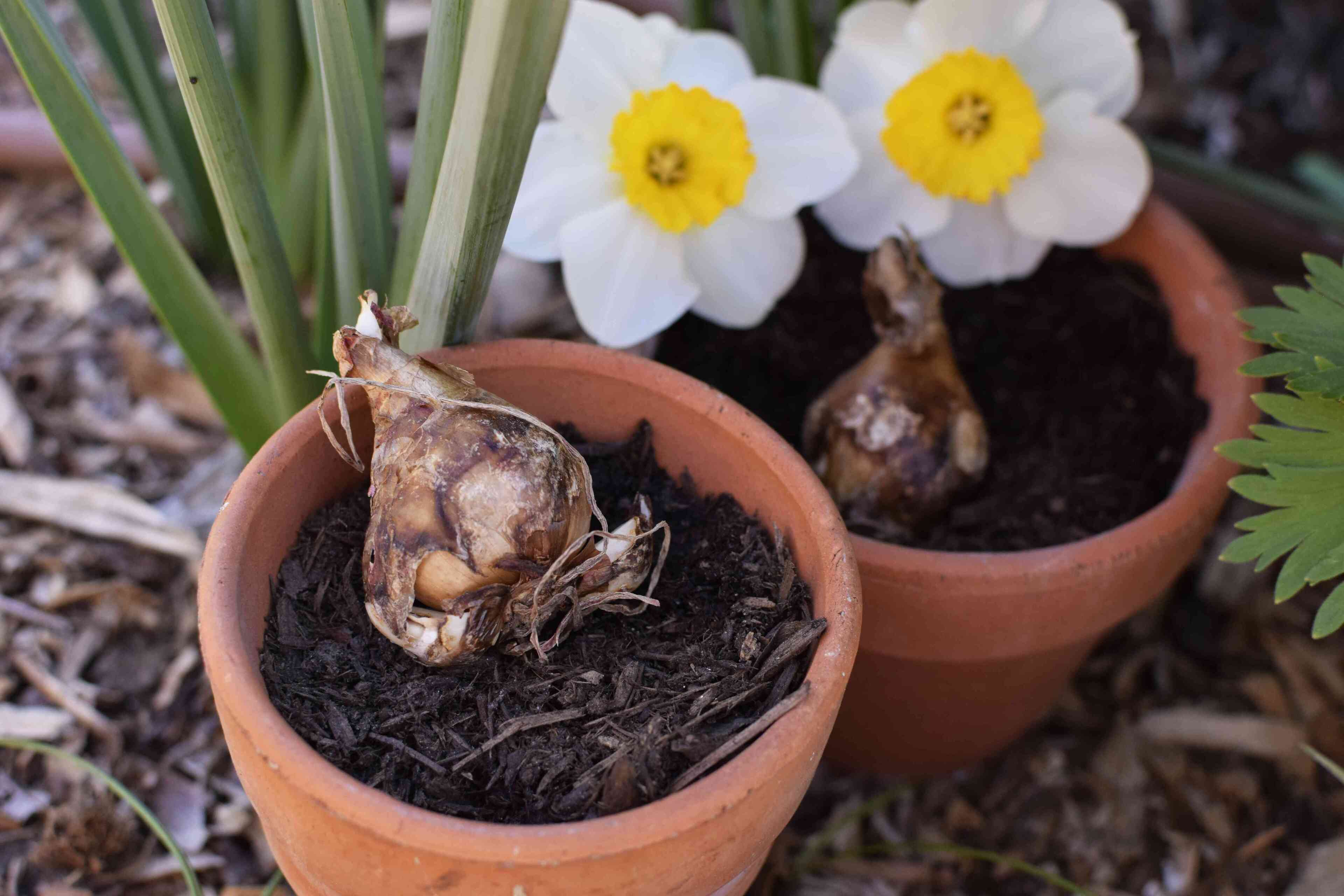
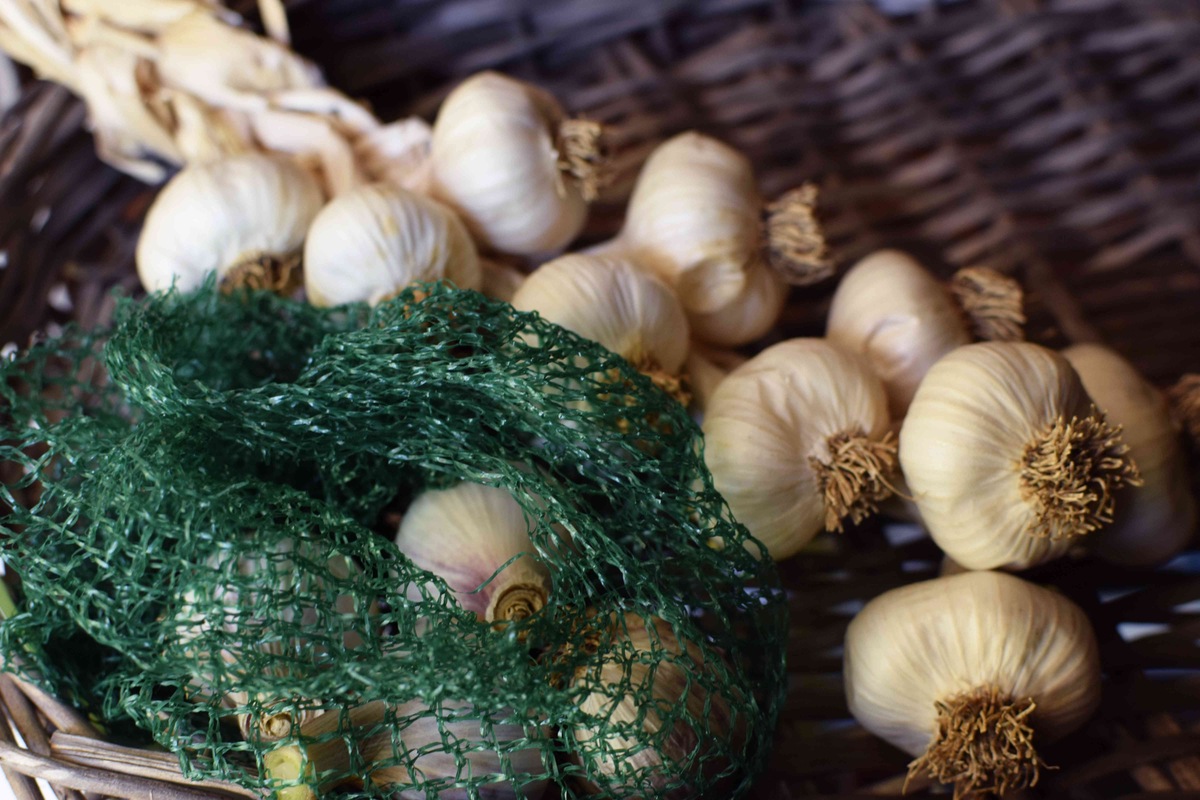
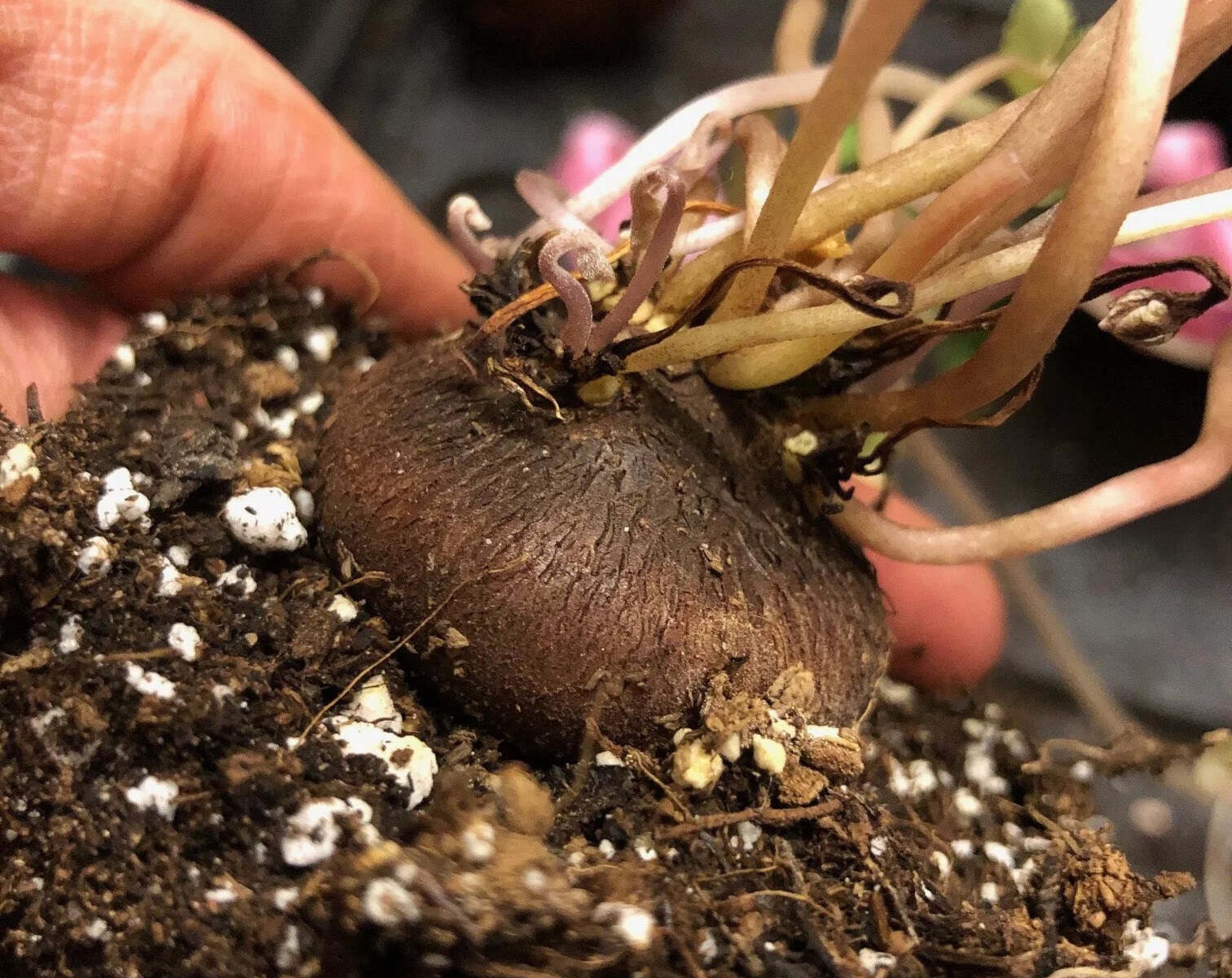
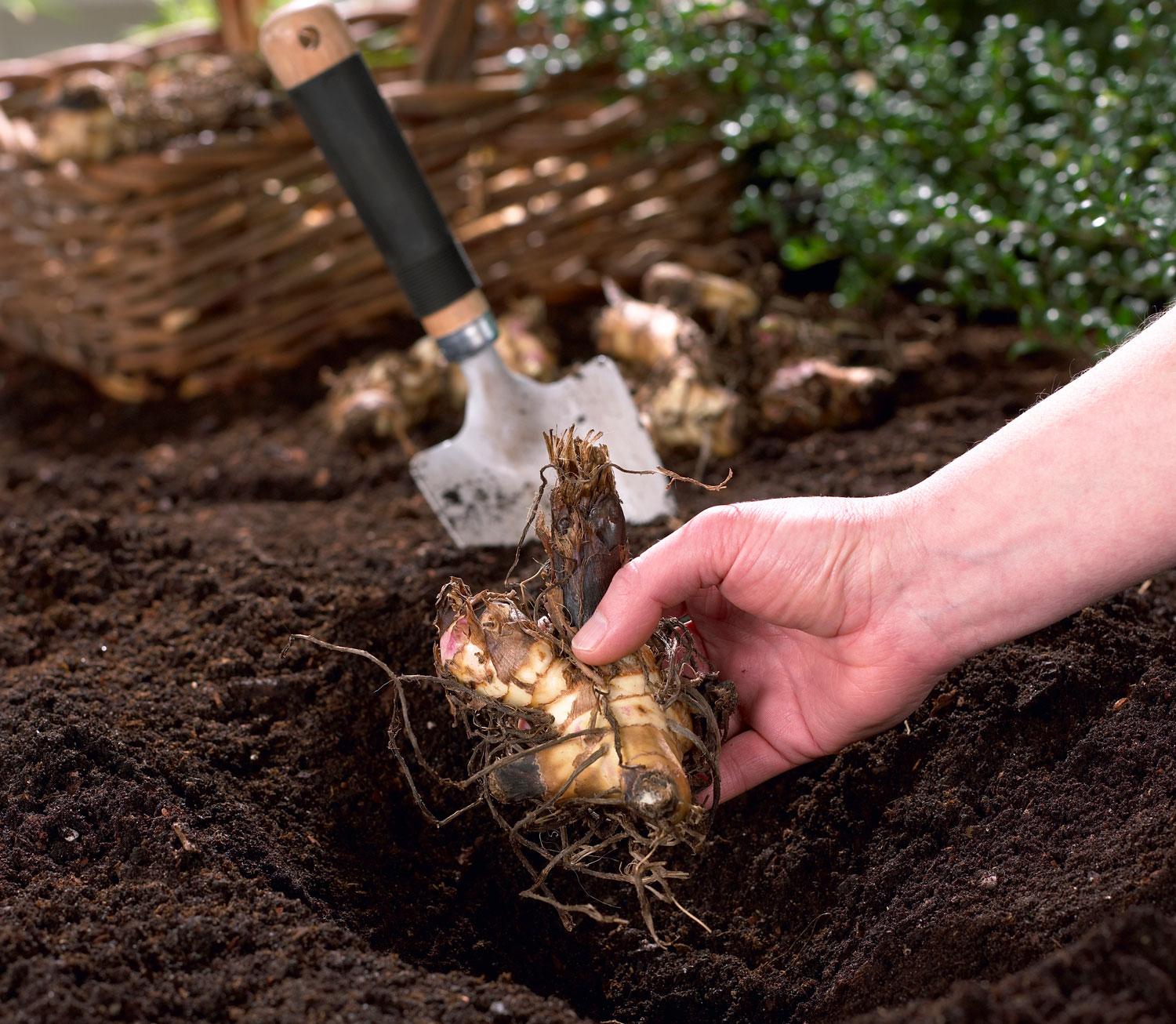

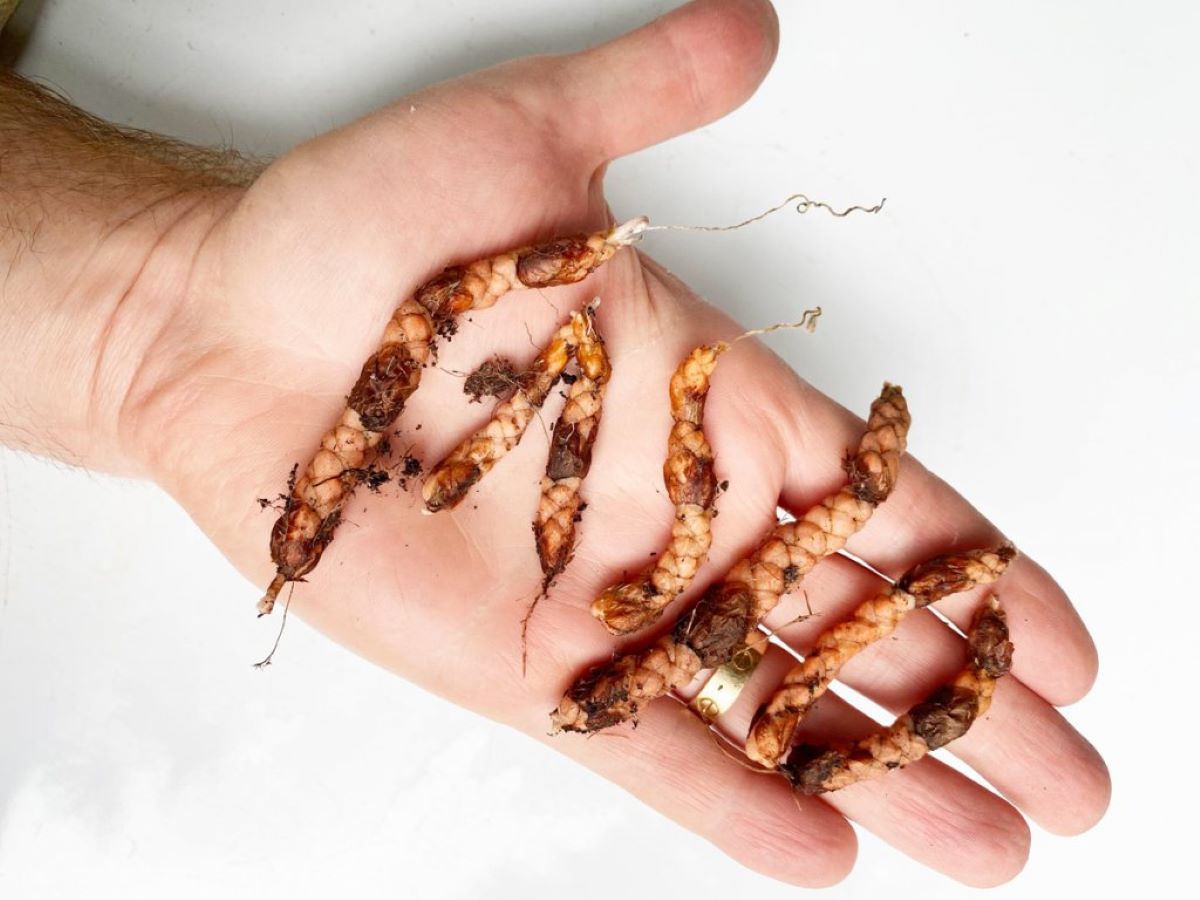
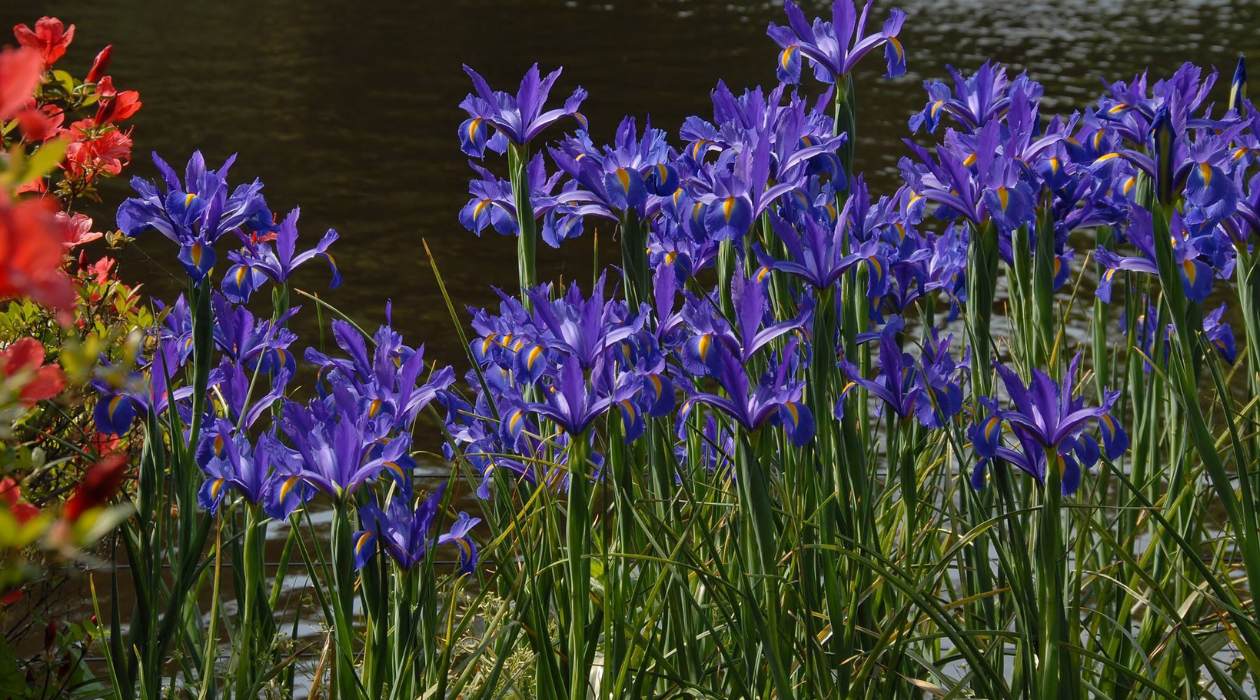
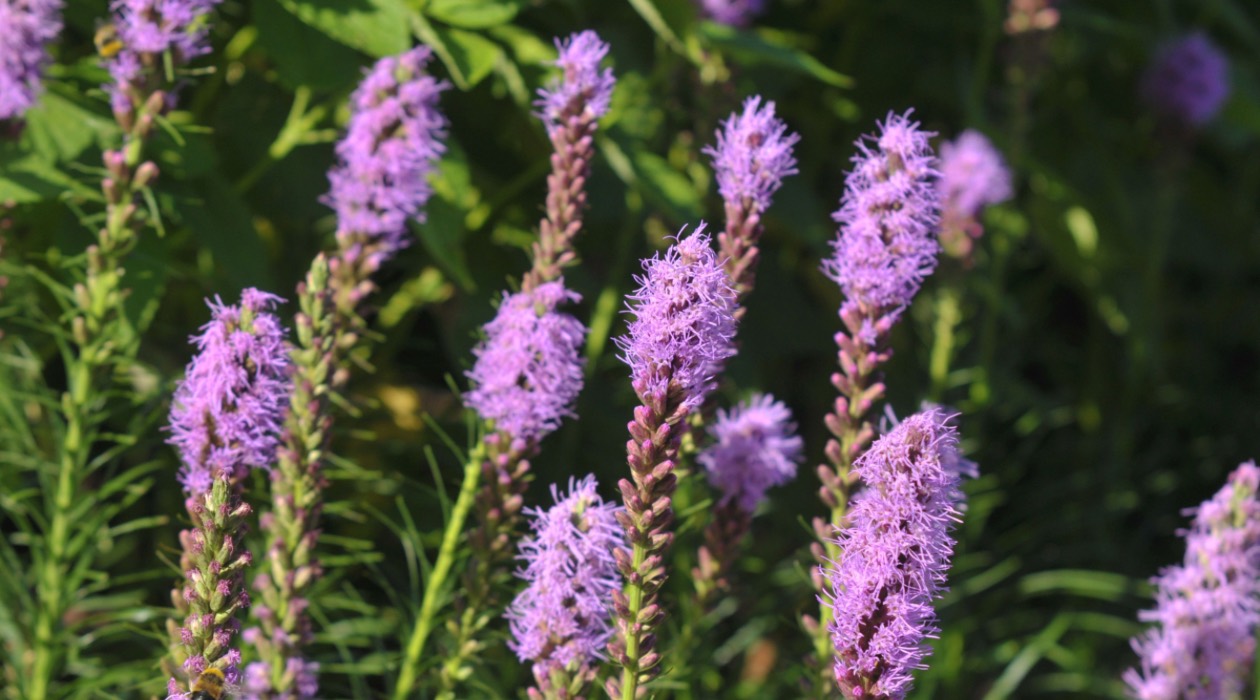
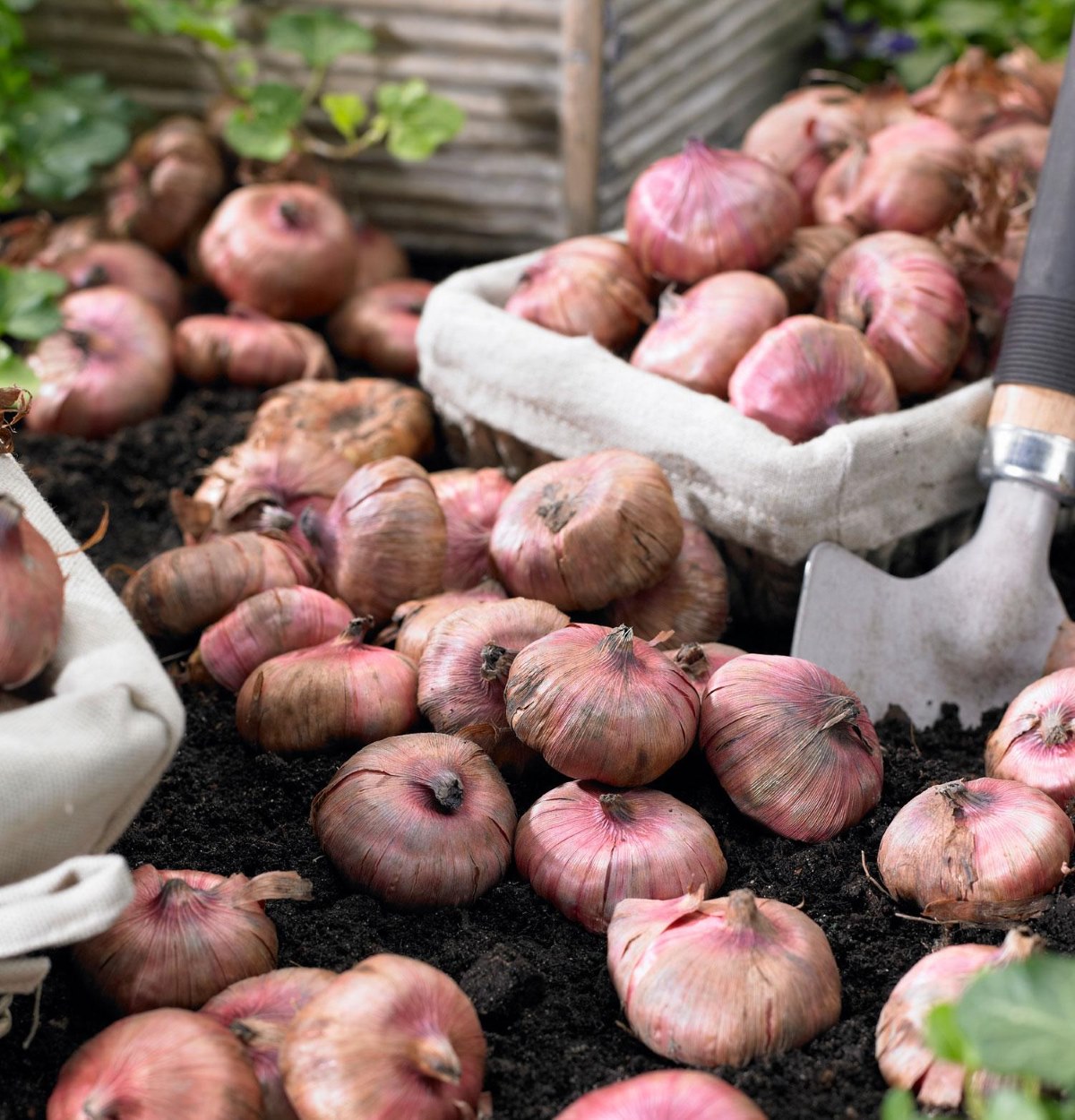
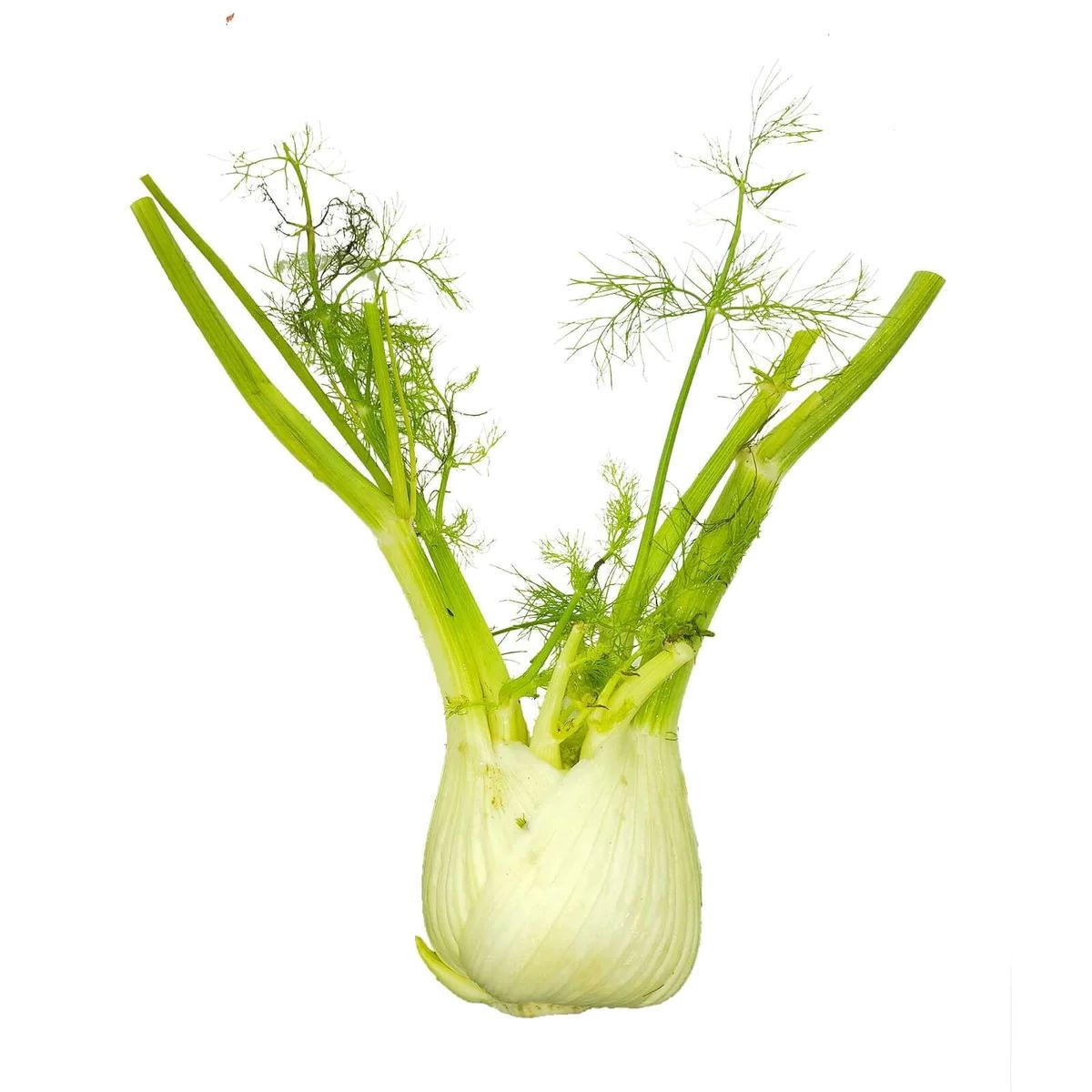
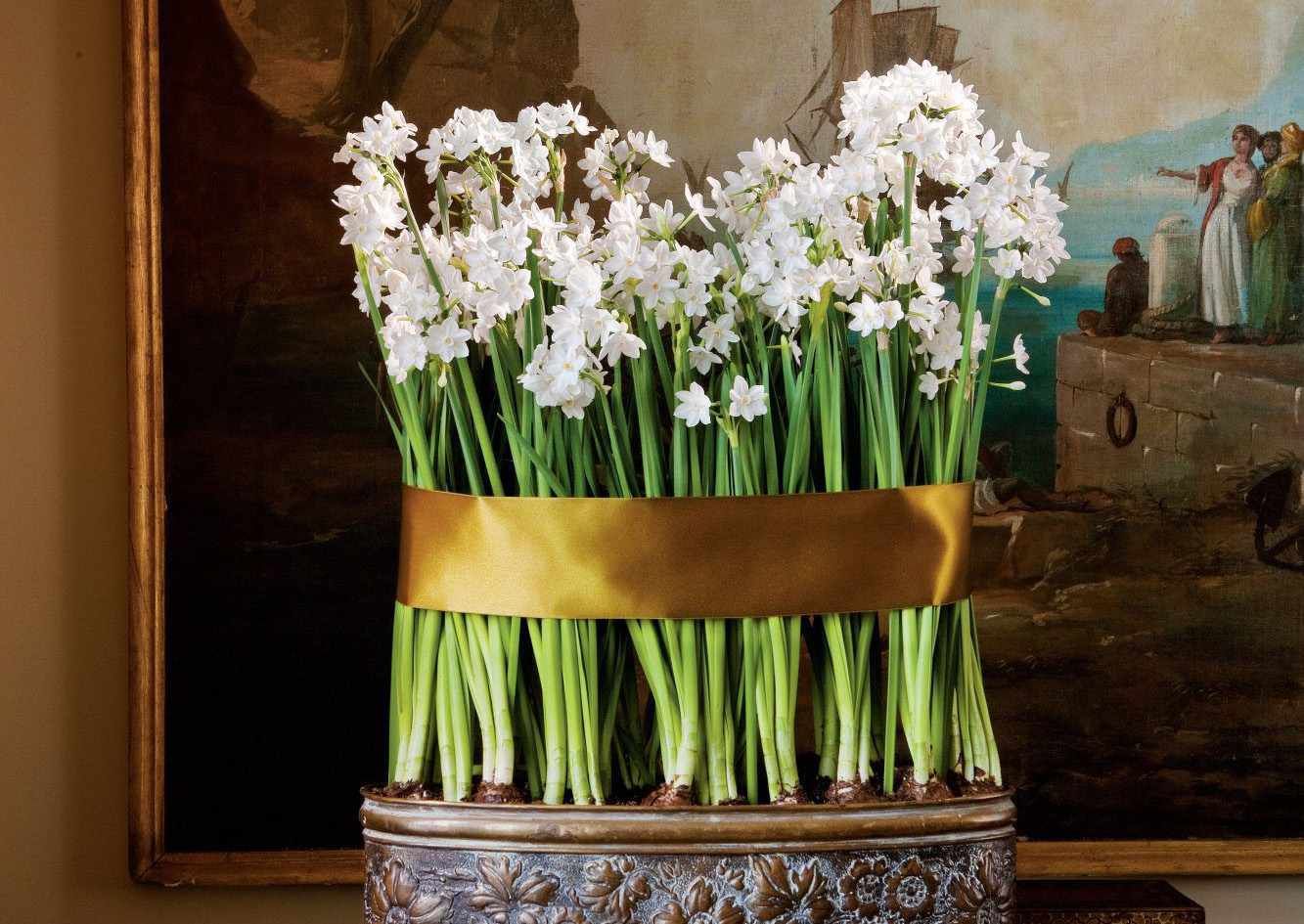
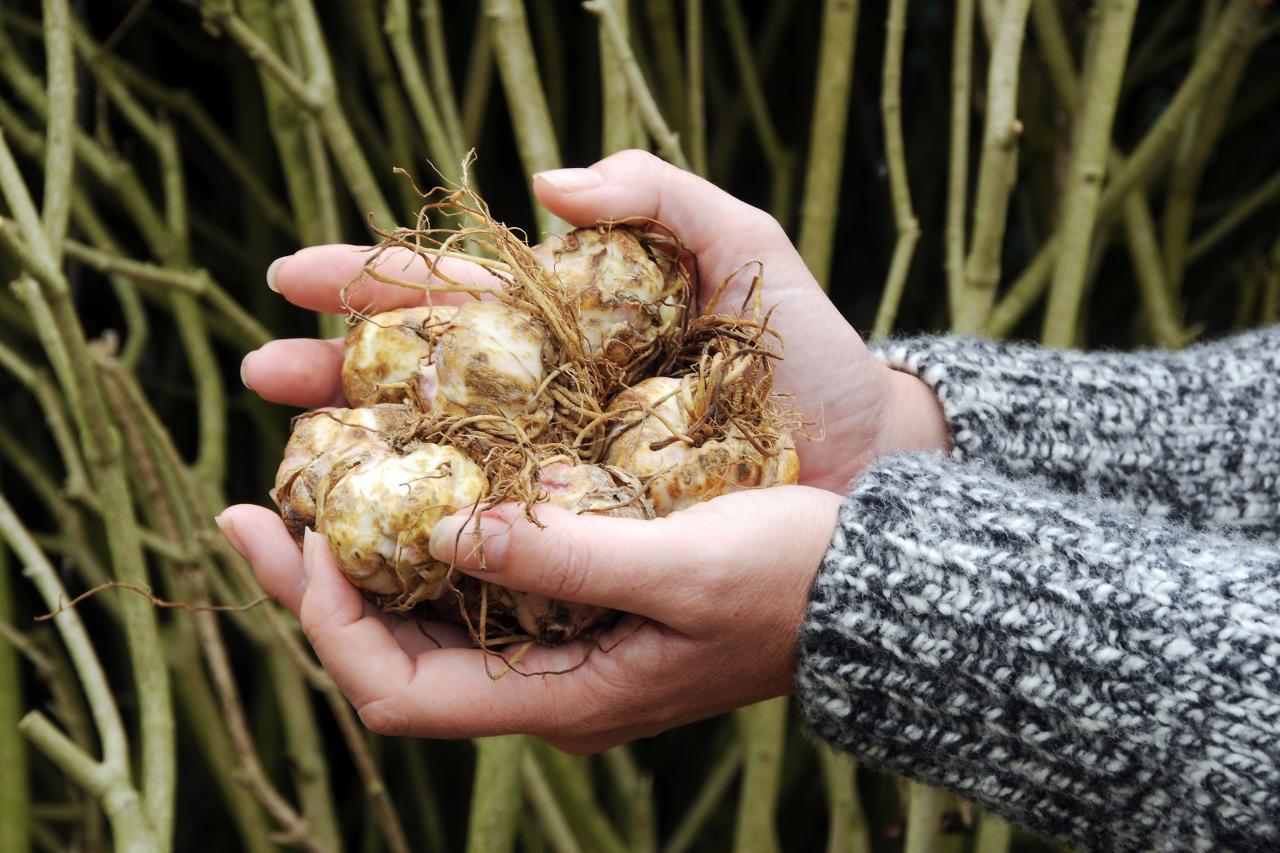
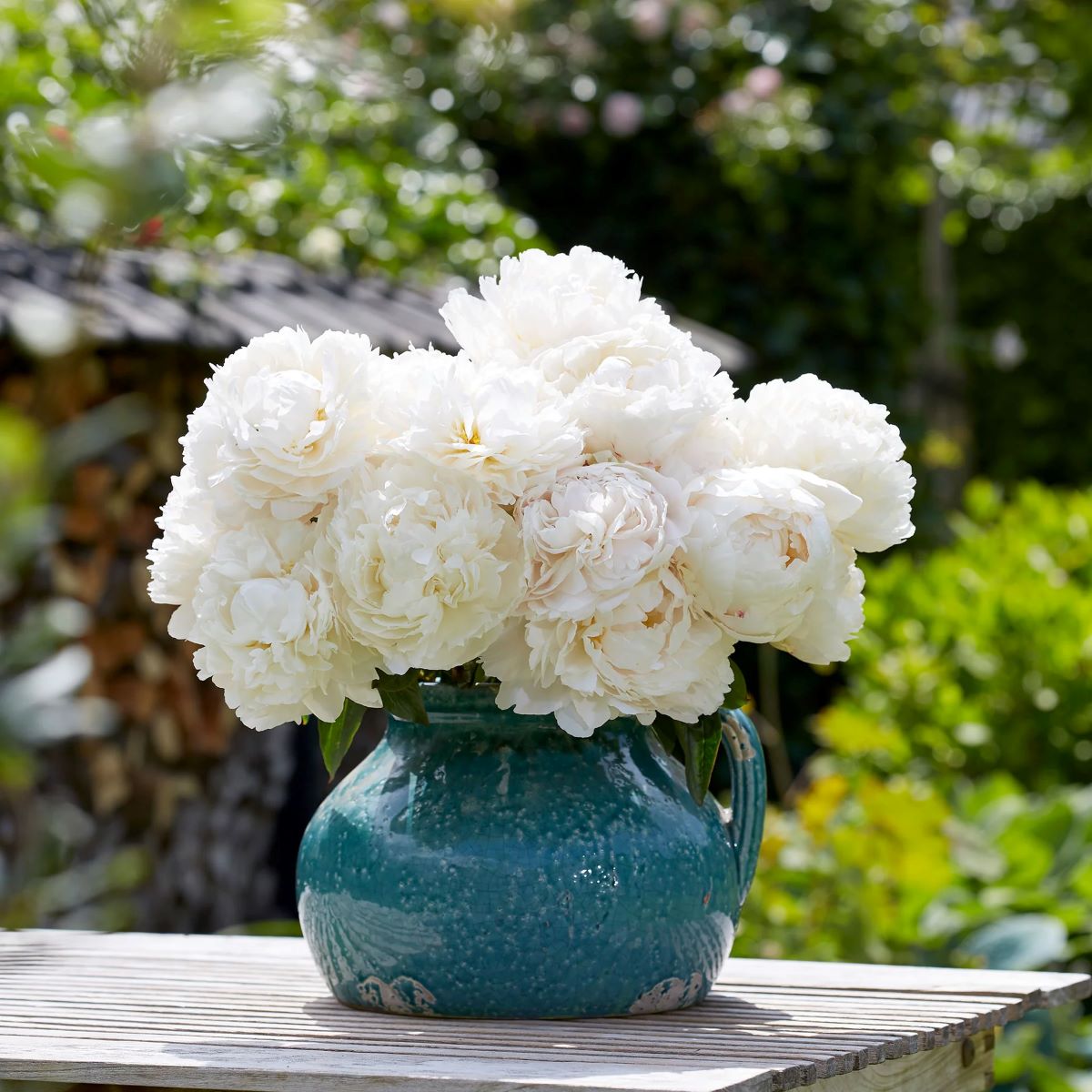


0 thoughts on “How To Store Unplanted Bulbs”